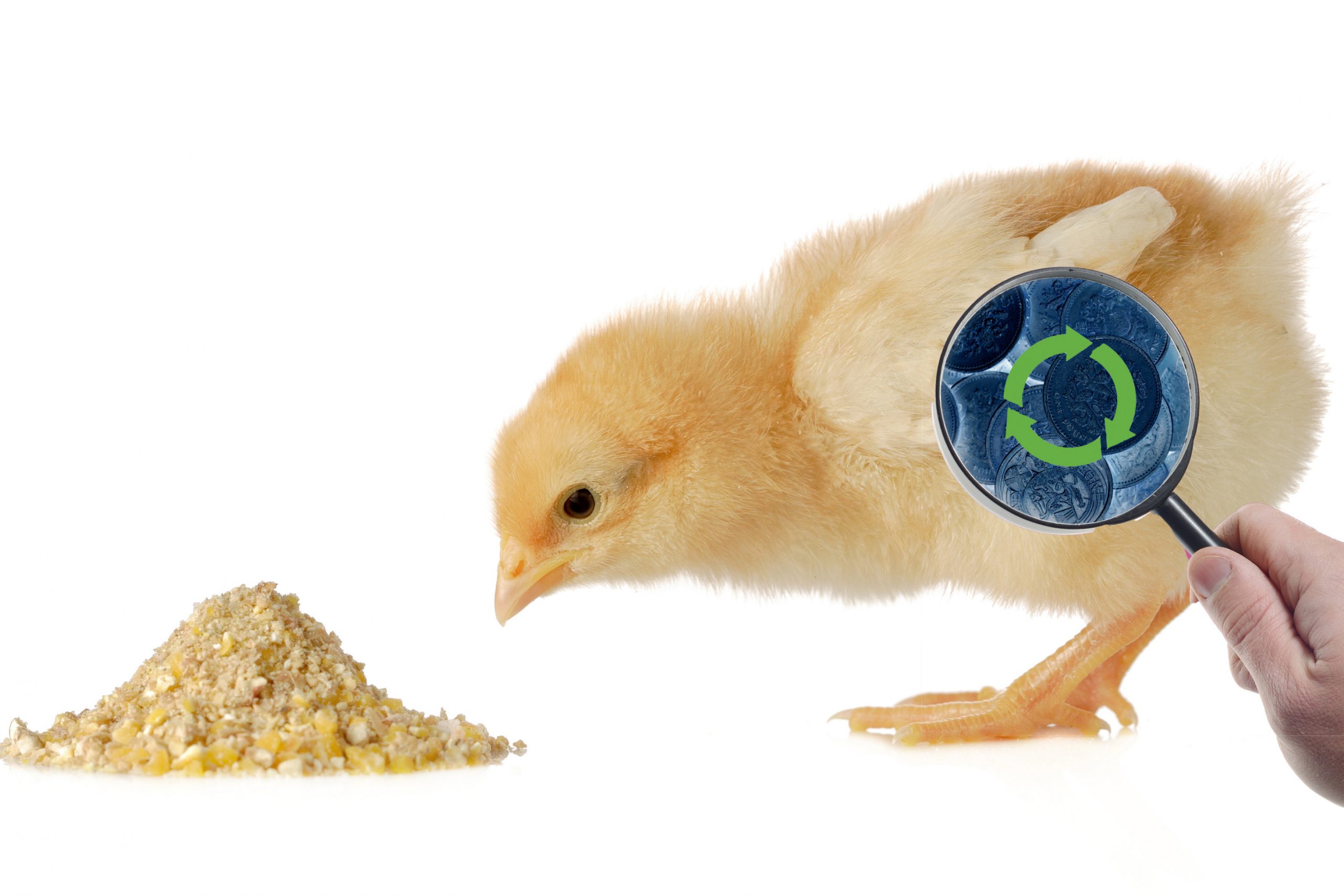Nutrient Absorption: Root of sustainable animal production

With rising demands for animal protein production and continuous challenges in availability and composition of feed raw materials, the need for advancements in sustainable animal production rapidly increases. To answer this need, the focus on nutrient absorption as the root for sustainable animal production will be instrumental.
Considering the 3 key aspects of sustainable production:
- economic sustainability
- ecological sustainability
- social sustainability
Nutrient absorption has a direct impact on 2 of these.
From an ecological point of view, it is clear that nutrients that are not absorbed by the animal are excreted and thus lose their nutritional value as dietary components. From an economical point of view, nutrients that are not absorbed do not contribute to animal growth and thus have a direct impact on animal productivity and ultimately economical performance.
Lysophospholipid-based absorption enhancers, such as Lysoforte Extend, increase nutrient digestibility and absorption and are therefore important tools for the industry to continue the efforts for improved sustainable animal production.
Broiler performance study
The impact of an absorption enhancer on the absorption of nutrients and animal performance was evaluated in a broiler study. A total of 408 day-old male Ross 308 broilers were fed either a basal diet fulfilling all dietary requirements (positive control, see Table 1), a basal diet with lower metabolisable energy (negative control), or a basal diet with lower metabolisable energy with 500 ppm of a mixture of lysolecithin, monoglycerides and emulsifier; the product, Lysoforte Extend dry, produced by Kemin Europa.
At the end of the starter period (14 d), average body weight and daily gain were significantly higher (18 g/bird and 1.2 g/bird/day, respectively) in birds fed the diet with the absorption enhancer than in those fed the negative control diet (Table 2). Over the whole rearing period (0–42 d), the highest average body weight and average daily gain were observed for birds fed the diet with the absorption enhancer. Additionally, during the starter period, the FCR was significantly lower (- 15 points) in birds fed the diet with the absorption enhancer than in birds fed the negative control diet. Similarly, the FCR over the whole rearing period was reduced by 3 points with the addition of the mixture. Therefore, due to a better nutrient utilisation, birds fed a diet supplemented with the mixture were able to compensate for an energy gap of 74 kcal/kg up to 94 kcal/kg.
Nutrient digestion
At 34 days of age nutrient digestion of birds fed either the positive control diet or the diet with absorption enhancer was determined based on nutrient analysis of faeces and feed and using titanium dioxide as an undigestible tracer. The dry matter digestibility significantly increased (+7.8%) in birds fed the diet with absorption enhancer over those fed the positive control diet (Table 3).
Similarly, birds fed the diet including the absorption enhancer had 4% and 5% higher fat and protein digestibility, respectively. Ultimately, the increased nutrient digestion significantly affected the AMEn of the diets (Figure 1). The diet with absorption enhancer contributed over 250 kcal/kg extra dietary energy, on top of the already more than 75 kcal/kg of energy reduction compared to the positive control diet.
Figure 1 – Apparent metabolisable energy delivered to broilers of 35 days of age fed a basal diet (positive control) or a basal diet with reduced energy and 500 ppm of absorption enhancer*.

Economic impact
Considering the performance and nutrient digestibility of broilers fed either the positive control diet or the diet with absorption enhancer, the contribution of an absorption enhancer as a tool for economical sustainability becomes very clear. By feed reformulation, € 7 per tonne of direct feed cost savings could be realised, while achieving the highest performance. This reflects in € 0.01.2 saving per kg of body weight and thus contributes to a more economical way of animal protein production.
Absorption enhancers are promising tools for the animal feed industry. The present study clearly indicates how nutrient absorption can be improved using a mixture of lysolecithin, monoglycerides and emulsifier to avoid wastage via the faeces and improve performance. Moreover, considering the ever-increasing challenge to raise animals with high quality feed at the lowest possible cost, improved nutrient utilisation through an absorption enhancer controls feed costs and improves profitability.
| Author: Dr Matias Jansen, Product Manager, Kemin Animal Nutrition and Health EMENA |











